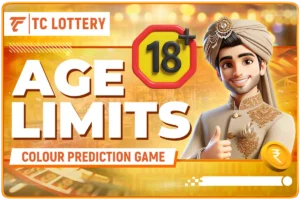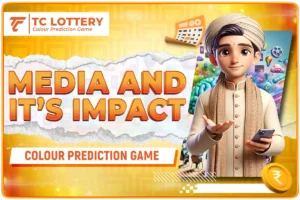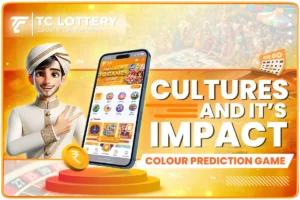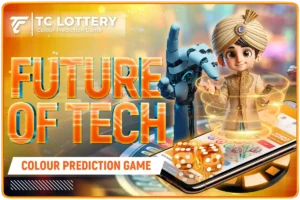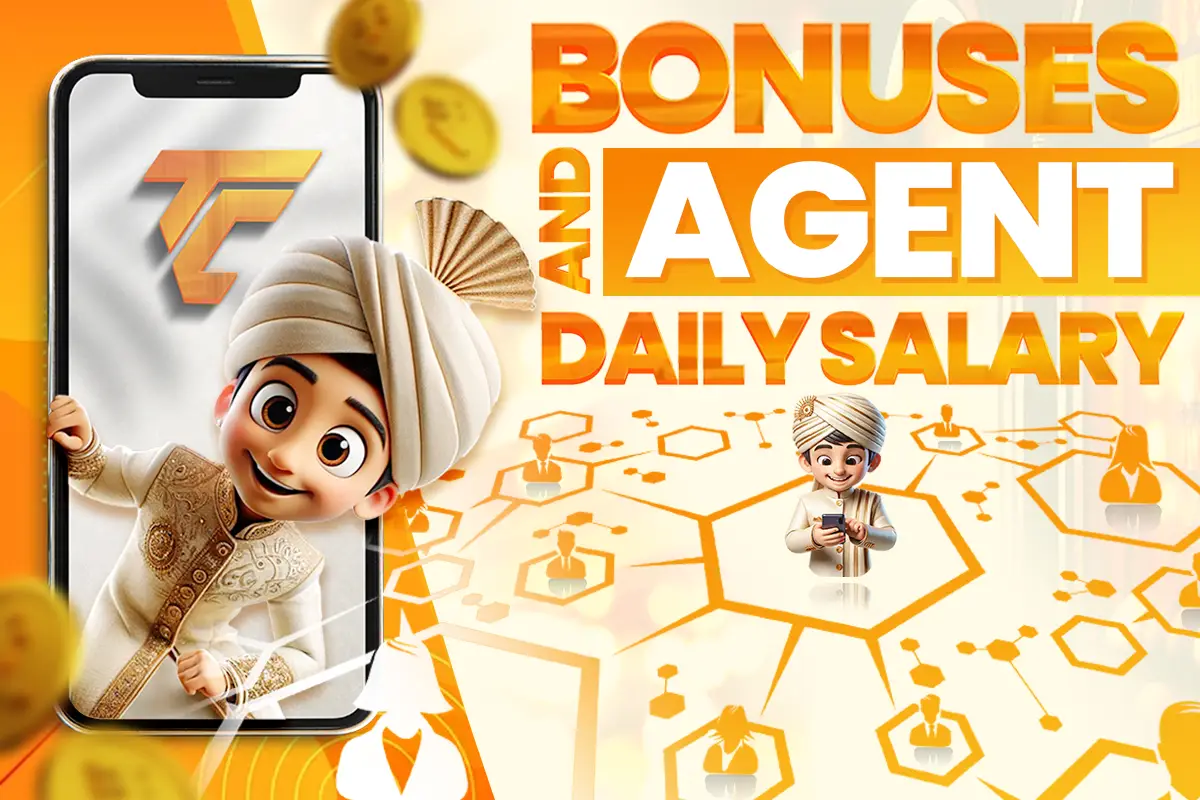Understanding the Psychology of Colour Prediction
Color prediction games have become incredibly popular, captivating players with their simplicity and the excitement of guessing the next color. In this post, we’ll delve into the psychology of these games, exploring the fascinating aspects of human behavior and emotions involved in predicting colors.
From the impact of different colors on our moods to the uncertainty of each prediction, we’ll uncover why these games continue to intrigue and entertain players worldwide. Join us here at TC Lottery as we explore the psychology of color prediction, revealing the hidden layers of excitement that make these games so engaging.
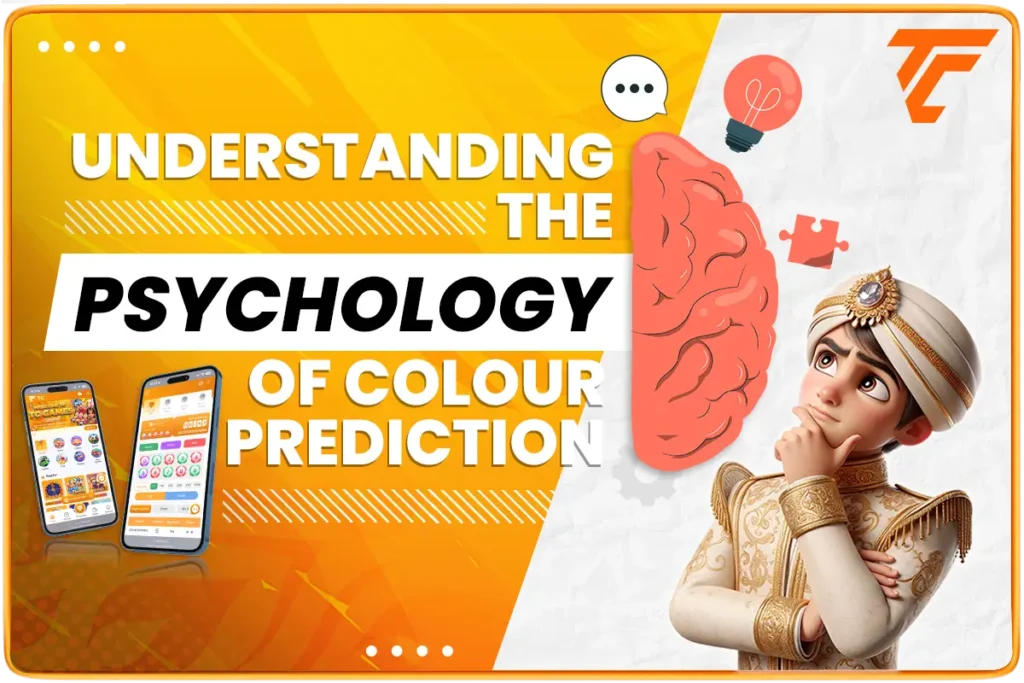
Why People Love Color Prediction Games
Color prediction games are loved by many for some straightforward reasons. Let’s dive into what makes them so attractive from the perspective of the Psychology of Colour Prediction.
- Easy and Fun: Color prediction games are simple and easy to play, making them enjoyable for a wide range of people. You don’t need special skills to join in on the fun.
- Quick Excitement: These games provide fast results, giving players a quick dose of excitement. You don’t have to wait long to see if you’re right or wrong.
- The Thrill of Guessing: The most exciting part is trying to guess the next color. It’s like a little adventure with each prediction, and not knowing the outcome until the last moment adds to the thrill.
- Entertaining Visuals: Colorful graphics and animations make the games visually appealing. They’re designed to be enjoyable and captivating, adding to the overall entertainment.
In a nutshell, color prediction games are beloved because they’re easy, quick, thrilling, and visually pleasing, making them a hit with people from various backgrounds, all of which is intriguing from the perspective of the Psychology of Colour Prediction.
The Significance of Colors
Colors play a significant role in color prediction games, affecting how we feel and what we predict. Let’s understand how colors influence our emotions and why these games use attractive color schemes, all part of the Psychology of Colour Prediction.
A. Impact on Emotions
Colors can make us feel different emotions. For example, warm colors like red and orange can make us feel energetic and excited, while cool colors like blue and green can have a calming effect. In color prediction games, these emotional responses can add to the overall experience.
B. Psychological Effects
Different colors have psychological effects on our minds. Red, for instance, is associated with urgency and attention, while yellow can signify happiness. Game designers use this knowledge to create games that are visually appealing and emotionally engaging.
C. Vibrant Color Choices
Color prediction games often use vibrant and eye-catching colors to keep players interested. These colors make the games visually attractive and enhance the overall experience. The choice of colors is carefully considered to maximize enjoyment and excitement.
In summary, colors have a powerful influence on our emotions and psychological responses. In color prediction games, understanding the impact of colors helps create visually appealing and emotionally engaging experiences, all part of the Psychology of Colour Prediction.
The Excitement of Not Knowing
Let’s explore why the unpredictability in color prediction games keeps players engaged, all while considering the Psychology of Colour Prediction.
A. Understanding Uncertainty: Uncertainty and risk are central to these games. The thrill comes from not knowing which color will appear next and the excitement of making a guess.
B. Keeping Players Hooked: The element of unpredictability holds players’ attention. They eagerly await the outcome, and this anticipation adds to the enjoyment.
C. The Brain’s Reaction: During moments of uncertainty, our brains release chemicals like dopamine and adrenaline. These chemicals make us feel excited and rewarded, contributing to the addictive nature of color prediction games.
How Your Brain Works
Let’s uncover the mental processes at play when you’re predicting colors and the stimulation it provides for your brain, all part of the Psychology of Colour Prediction.
A. Thinking it Through: Players engage in cognitive processes by analyzing patterns, probabilities, and possible strategies when predicting colors.
B. A Mental Workout: These processes give your brain a workout, making you think and strategize. It’s like a puzzle where you try to figure out the best approach.
C. Stimulation: Your brain stays active and stimulated during color prediction games, enhancing your overall experience and keeping you engaged.
The Role of Luck and Chance
Let’s explore how luck and chance play a part in color prediction games, and how players perceive their successes and losses, all while considering the Psychology of Colour Prediction.
A. Understanding Luck: Luck and chance are key elements in these games. Players rely on luck to predict the correct color outcome.
B. Attributing Outcomes: When players win or lose, they often attribute these outcomes to luck. If they guess correctly, it’s considered lucky; if not, it’s seen as a matter of chance.
C. “Near Misses” Psychology: Sometimes, players come close to guessing the right color but miss by a small margin. This “near miss” can motivate players to keep trying, as they believe they are close to winning.
The Emotional Ride
Let’s talk about the ups and downs players experience during the game and how they react to winning and losing streaks, all part of the Psychology of Colour Prediction.
A. Emotional Highs and Lows: Playing color prediction games is an emotional rollercoaster. Players feel the highs of winning and the lows of losing intensely.
B. Reactions to Streaks: Winning or losing streaks can have a profound impact on players. Winning often boosts confidence and encourages more play, while losing can lead to determination to win next time.
C. Resilience and Perseverance: Players often display resilience by continuing to play despite losses. This determination to keep trying is a significant aspect of the psychology behind these games.
Responsible Gaming
Let’s talk about being responsible when playing color prediction games, understanding its importance. We’ll also provide some guidance on recognizing and handling possible addictive behaviors, all in line with the Psychology of Colour Prediction.
A. Being Responsible: It’s crucial to stress the significance of playing responsibly. Playing within limits ensures that the games remain fun and don’t become problematic.
B. Managing Addiction: Recognizing signs of potential addiction is essential. Players should know when to take a break and seek help if they feel they’re losing control.
C. Balanced Enjoyment: To enjoy color prediction games without getting carried away, players can follow some simple strategies, like setting time limits and budgeting their play.
Wrapping Up
In conclusion, let’s summarize the main psychological aspects we’ve explored in this post. We encourage readers to reflect on their own experiences with color prediction games, understanding their appeal from a psychological perspective, all part of the Psychology of Colour Prediction.




